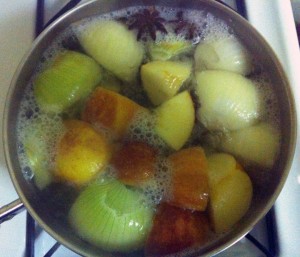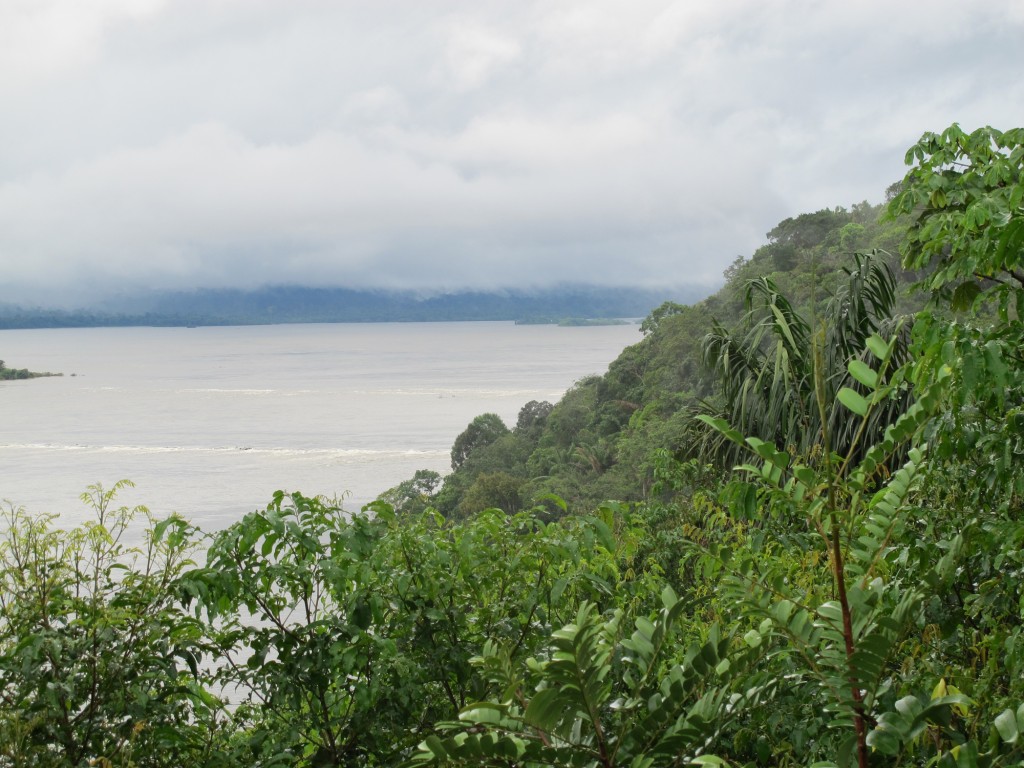Exploring the science of plants, from the field to the lab
Archive: January 2014
Posted in Interesting Plant Stories on January 6, 2014 by Ina Vandebroek
Ina Vandebroek, Ph.D., is an ethnomedical research specialist at The New York Botanical Garden‘s Institute of Economic Botany. One of her research projects is studying the medicinal use of plants among New York City’s Dominican community.
 People often ask me if I try the home remedies that I document in my research as an ethnobotanist. My standard answer is that I do not.
People often ask me if I try the home remedies that I document in my research as an ethnobotanist. My standard answer is that I do not.
Plants, after all, are not always innocuous. Some, like food-grade castor oil from Ricinus communis, require extensive processing to remove toxic substances. Others, like Aloe vera, can provoke unintended side-effects when taken with over-the-counter or prescription medicines. Still others, like rue (Ruta chalepensis and Ruta graveolens), are so toxic they should never be taken internally. Therefore, it is advisable to never take a plant remedy if you do not know it well.
But here’s a recipe that consists solely of food plants and spices that are commonly consumed by many people and are widely available in local supermarkets. I learned this recipe during my research among the Dominican community in New York City and have prepared it several times.
Read More
Posted in Cool Location Shots on January 3, 2014 by Benjamin Torke
Benjamin M. Torke, Ph.D., is an Assistant Curator at the Garden’s Institute of Systematic Botany. He is one of the leaders of a project to document the plant diversity of the Tapajos River basin in northern Brazil, an area roughly the size of France.

Threatened by deforestation, climate change, and high levels of poverty in local communities, the Amazon rain forest and its immense diversity of plant life have a very uncertain future. During a recent expedition in Brazil’s Amazonia National Park, I awoke to a cloud of fog hanging low over the San Luis rapids on the Tapajos River, one of the largest tributaries of the Amazon River.
The scene struck me as an apt metaphor, not only for the Tapajos region—the area in the photo is slated for a massive hydroelectric development that will flood portions of the national park—but also for the entire Amazon basin. My Brazilian collaborators and I hope that our race to inventory threatened plant diversity in the Tapajos region will yield information useful to local communities and governments as they struggle to strike a balance between much-needed economic development and conservation of irreplaceable plant species.
 People often ask me if I try the home remedies that I document in my research as an ethnobotanist. My standard answer is that I do not.
People often ask me if I try the home remedies that I document in my research as an ethnobotanist. My standard answer is that I do not.
